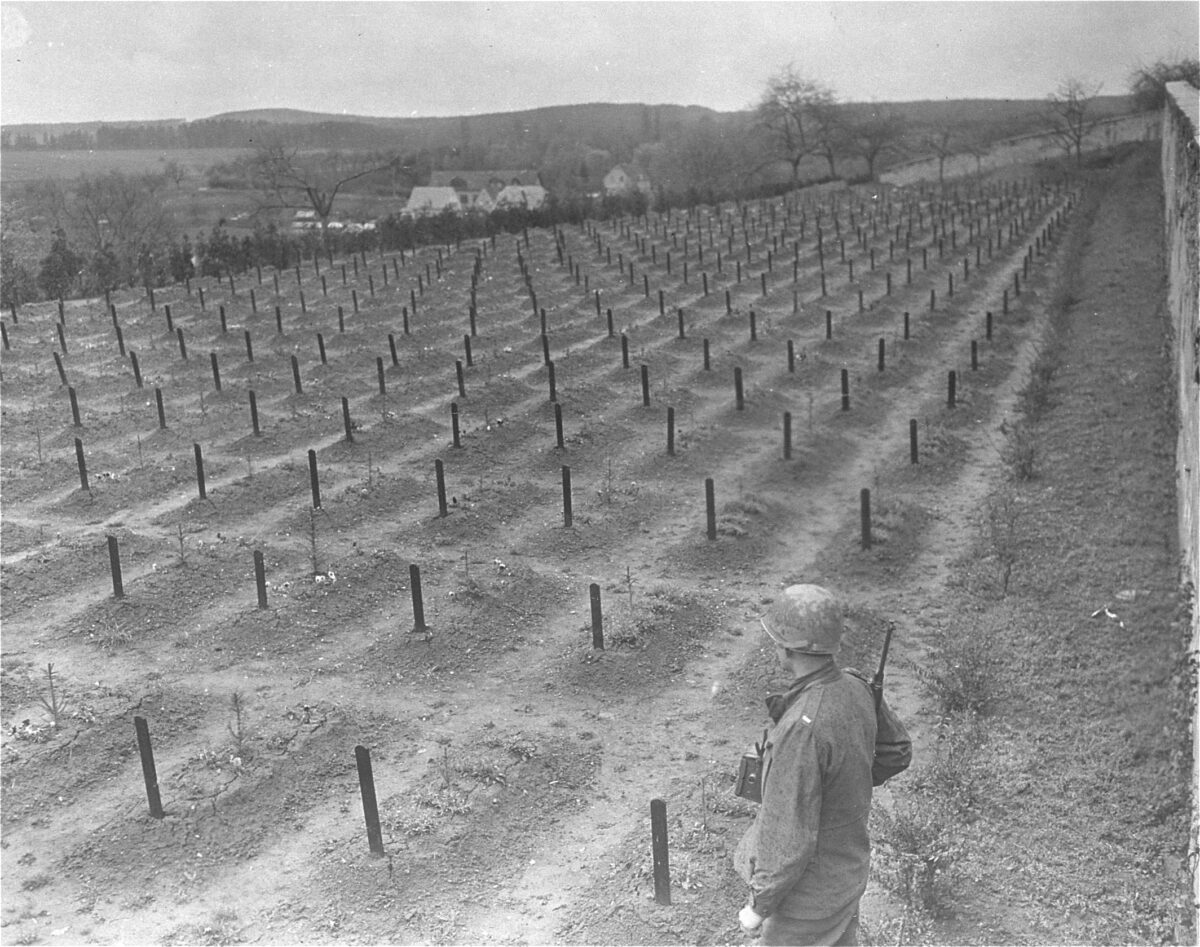In August 1942, not quite one year after the “T4” programme had been halted, the staff of Hadamar State Sanatorium (Landesheilanstalt Hadamar) began to murder people again. From the outside, the institution resumed its operations and patients occupied wards. However, the new “everyday life” of the institution was characterised and determined by targeted killings. These killings took place in the context of “decentralised euthanasia”: During this time, murders were committed in numerous psychiatric institutions throughout the entire German Reich by means of administering overdoses of medication, starvation and extreme neglect. Today, the names of over 4,400 people that were murdered in Hadamar are known.
Hadamar became one of the central killing sites throughout the course of “decentralised euthanasia”. Unlike the “T4” programme, the murders were no longer organised from Berlin. The responsibility now lay to a large extent with state and regional administrations, which continued the “euthanasia” programme in their institutions without central instructions.
At the time, people from all across the German Reich and from German-occupied countries, mainly Poland and the Soviet Union, were admitted to Hadamar and murdered there. This led to a radical expansion of the victim group under the effects of the war. The people who were killed in Hadamar were those who were increasingly being branded as a “burden” in the context of the war efforts and within Nazi ideology.
Up to 1945, these institutional wards saw many deaths: the mentally ill from shell-shock, former soldiers of the Wehrmacht and Waffen-SS as well as mentally ill forced workers, but also children and adolescents. In addition, from 1943/44 people were also being murdered irrespective of psychiatric diagnoses: mainly forced workers with tuberculosis and Jewish “mixed children” (Mischlingskinder) who had been transferred to Hadamar from care facilities.
On a daily basis, medical staff would select those on site who were to be murdered. The murder itself was then carried out individually by the nursing staff on duty. After being admitted to Hadamar, chances of survival were next to nothing. Only in exceptional cases did people survive for more than a few weeks or months. One of the selection factors known today that determined when a murder would take place was if a person was still able to work.
Relatives were systematically lied to about the fate of their family members. The same applied to their family member’s final resting place. Starting in 1942, the majority of those murdered were buried in mass graves. As a cover, an institutional cemetery was created with fake individual graves.
With the arrival of US soldiers on 26 March 1945, World War II ended and with it, Nazi rule in the town of Hadamar and in the killing centre. But even in the days, weeks and partly months following, people continued to die as a result of the extreme neglect and starvation they had suffered before.

